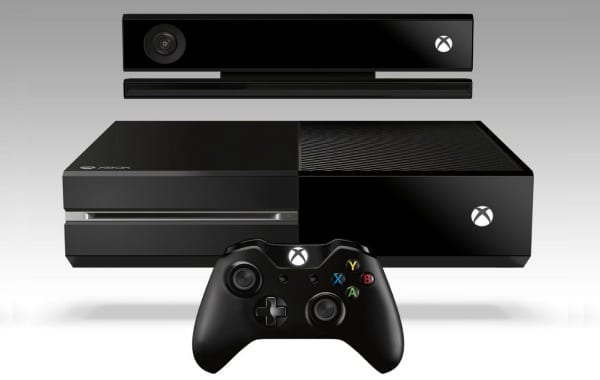As I began to research Microsoft’s Xbox One reveal to break down the differences between the nextgen console and its 360 predecessor, I was struck less by the hardware specifications than by what those new features say about society and the ways in which it has changed since the Xbox 360 release more than eight years ago.
The Kinect — to date, merely a semi-useful novelty peripheral — is at the heart of the new Xbox experience. The One reverts to its lowest power state while not in use, but sits silently listening. Users need only intone, “Xbox on,” for it to immediately snap to life, with the capability to resume any game from any point at which the user decided to end play.
Naturally, this has raised some eyebrows, because now the Xbox One is essentially a microphone residing in the home, always on, backed by the power of cloud computing and storage. It’s hard not to think of the always-listening Kinect functionality, tied into the Windows Azure platform, as a potential Skynet, spying on us and teetering on the edge of self-awareness. At the very least, it’s a potential security nightmare perpetrated by a corporation whose reputation for privacy protection is less than sterling (see: EU’s pending lawsuit against Microsoft).
The console will run three separate operating systems, the new-and-improved Xbox OS, a modified version of Windows Kernel, and a third system designed to control the interactions between the other two. This allows for the total integration of social-networking media — most notably, Skype, which can be accessed and utilized while simultaneously performing any other task — and fulfills Microsoft’s prophecy of a console to satisfy all entertainment needs. It is, they say, the box for everything.
The cloud-based platform promises exciting new vistas for gamers, what Microsoft has termed “living and persistent worlds” within the games users purchase and play. Designers and studios can now update content and gameplay easily and fluidly, but at a price: the Xbox One must be connected to Xbox Live frequently (some reports indicate every 24 hours), even to play one-player games.
Microsoft asserts that this, too, is ultimately a boon for users. They have floated the idea that, over time, the Xbox One may even effectively get more powerful, as more and more computing functions are moved to the cloud, allowing the native 8 GB RAM to be more effectively used. That’s terrifically exciting, to be sure, but I can easily envision my Xbox One someday telling me, “I’m sorry, Kevin, I’m afraid I can’t do that.” I can’t be the only one concerned.
One Microsoft executive, in describing the vast improvements made to the Kinect functionality, mentioned that by launch, it should be able to tell whether users are “happy or sad.”
While I can appreciate the novelty of my gaming console noticing I’m feeling down and attempting to cheer me up, it’s hard not to ponder what a machine this powerful — and undeniably cool — is really capable of. Let’s hope Microsoft is more prudent than Cyberdyne.
Kevin is the newly-appointed, first-ever Blog Editor for the University of Houston's campus newspaper, The Daily Cougar. He writes movie reviews, and totally abuses the early media-screening plus-one privileges by turning them into cheap, snooty dates whenever possible. He has what the literature refers to as, 'a bit of a gambling problem,' so don't make careless wagers with or at him, please.







1 Comment